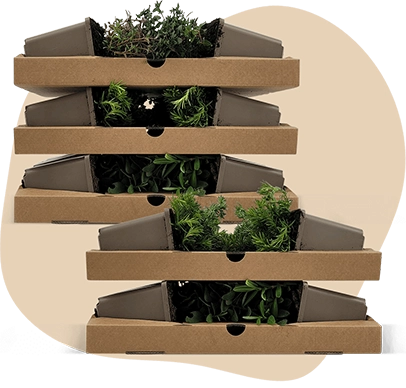Description
Tsuga canadensis | Eastern hemlock
The Tsuga canadensis, commonly known as the Eastern hemlock, is a coniferous tree with an upright growth habit. This plant can reach a height of up to 20 metres and a width of about 8 metres. The Eastern hemlock features fine, feathery green needles that are soft to the touch. It is an evergreen species, maintaining its lush foliage throughout the year. Known for its compact growth, the Tsuga canadensis is relatively low-maintenance and requires minimal pruning. Additionally, it produces small cones, adding to its ornamental appeal in gardens.
Key Plant Characteristics of Tsuga canadensis
- Tsuga canadensis blooms in May with yellow flowers, which are not fragrant and do not particularly attract butterflies, bees, or bumblebees.
- The ideal location for Tsuga canadensis is in partial shade to full shade for optimal growth.
- This plant thrives in acidic, moisture-retaining soil, which should be well-aerated.
- The bark of Tsuga canadensis is brown, and its branches are slender and slightly drooping.
For those interested in adding
garden plants like Tsuga canadensis to their garden, understanding these characteristics can be beneficial.
Application of the Tsuga canadensis in the Garden
- Tsuga canadensis is ideal for use in borders, as a solitary plant, or for edging. It can also be used to create a hedge, providing structure and privacy in the garden.
- This plant is winter hardy, tolerating temperatures as low as -28.9°C, making it suitable for gardens in colder climates.
- Tsuga canadensis combines well with other shrubs and shade-loving plants, enhancing the overall aesthetic of the garden.
- The plant's greatest ornamental value lies in its fine, feathery green foliage, which remains vibrant throughout the year.
























